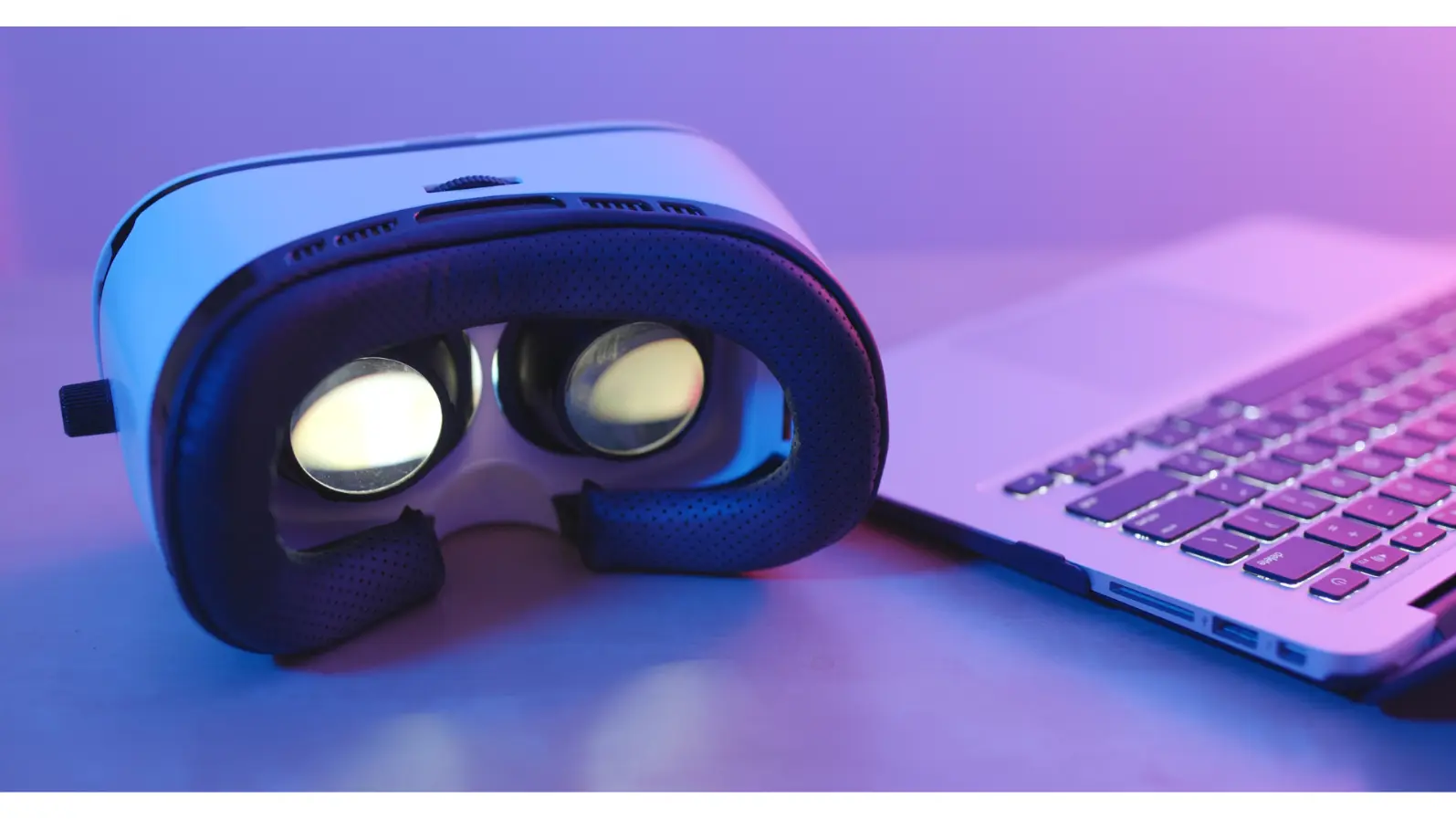
Virtual Reality with a Sense of Touch: The Future of Dental Education?
Dentistry is a field where precision and skill are everything. Traditionally, dental students learn by practicing on manikins and phantom heads before treating real patients. But now, a growing number of educators are experimenting with virtual reality enhanced by haptics technology that not only simulates 3D visuals but also provides tactile feedback, letting students "feel" what they are doing in the virtual mouth.
A new global survey, published in Frontiers in Dental Medicine, explores how this technology is being used in dental schools worldwide, its benefits, and the challenges that still hold it back
What the Study Did
The research team—called the VR-Haptic Thinkers Consortium—conducted a worldwide survey involving 378 educators from 156 institutions across 53 countries. Participants included professors, clinical instructors, and education leaders with backgrounds in both teaching and research.
The survey asked about where VR-haptics is used in dental training, how it is integrated into curricula, and what obstacles educators face when adopting the technology.
Key Findings
Preclinical training leads the way: VR-haptic trainers are most often used before students treat real patients. About 94% of respondents reported using them in preclinical courses, especially in restorative dentistry, prosthodontics, and endodontics.
Supplement, not replace: Most educators saw VR-haptics as an addition to traditional methods, particularly when combined with phantom head training, rather than a replacement.
Challenges remain: The biggest barriers were technical limitations (lack of realism, missing features), high costs, and resistance from faculty or students. Some respondents also highlighted the extra time needed to adapt curricula.
Wish list for the future: Educators asked for more diverse training scenarios, better software and hardware, AI-driven personalized feedback, and even gamification features to make training more engaging.
Why It Matters
The findings suggest that while VR-haptic technology is not yet a mainstream standard, it is becoming an increasingly valued part of dental education. It helps students build hand skills in a low-risk, supportive environment and could ease their transition into clinical practice.
However, for VR-haptics to truly transform education, improvements in affordability, realism, and faculty training are needed. The researchers conclude that collaboration across dental specialties—and more global research including student perspectives—will be key to shaping the future of this innovation.
Conclusion
The study highlights a turning point in how future dentists may be trained. VR-haptics is not about replacing hands-on experience but enhancing it with safe, repeatable, and engaging simulations. If its challenges are addressed, tomorrow’s dental students may spend as much time in virtual clinics as in real ones better prepared and more confident when they finally pick up the drill.
Reference
Bencharit S, Quinn B, Sittoni-Pino MF, Arias-Herrera S, Schick S-G, Rampf S, Byrne S, Shazib MA, Örtengren U, Lam WYH, Liukkonen M, Rice D, Nagasawa M, Ranauta A, Zafar S, Bágyi K, Greany TJ, Luai AF, Øilo M, Rederiene G, Stolberg R, Gül G, Tricio J, Chau RCW, Pantea M, Mutluay M, Lingström P, Klein O, Usta SN, Suominen L, Felszeghy S. (2025). Insights from the global education survey on the use of VR-haptics in dental education. Frontiers in Dental Medicine, 6:1576646. https://doi.org/10.3389/fdmed.2025.1576646